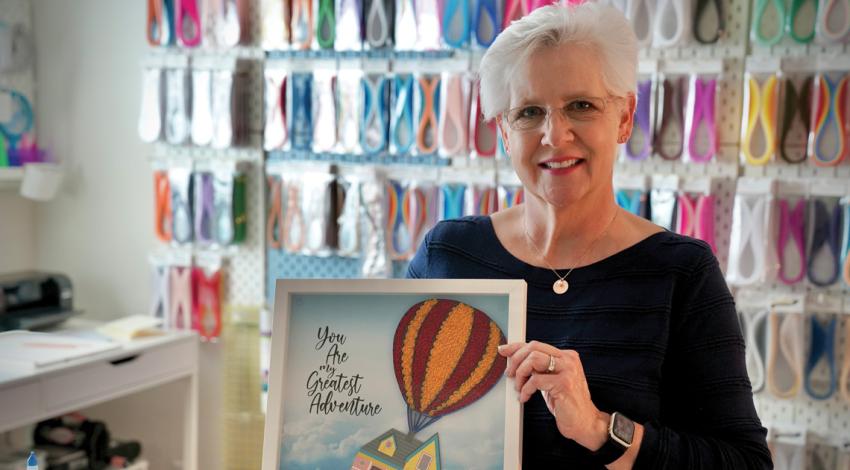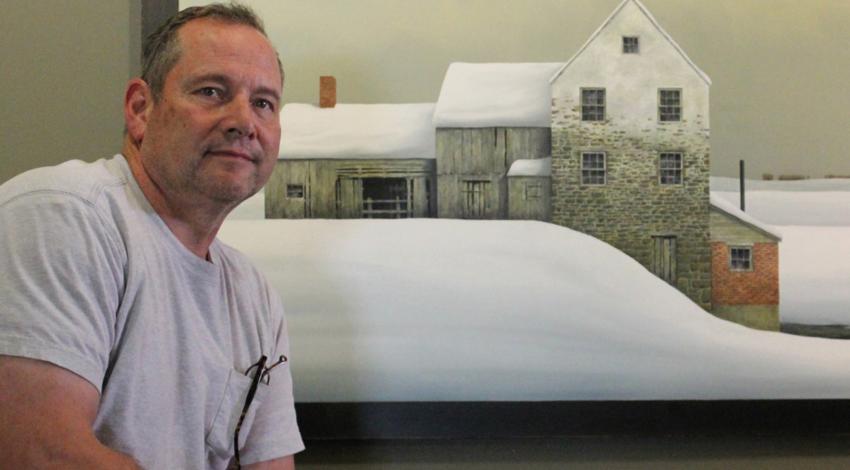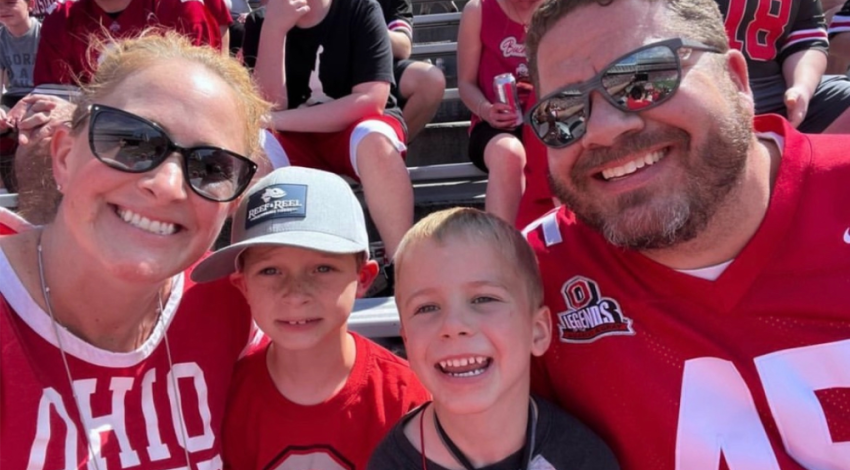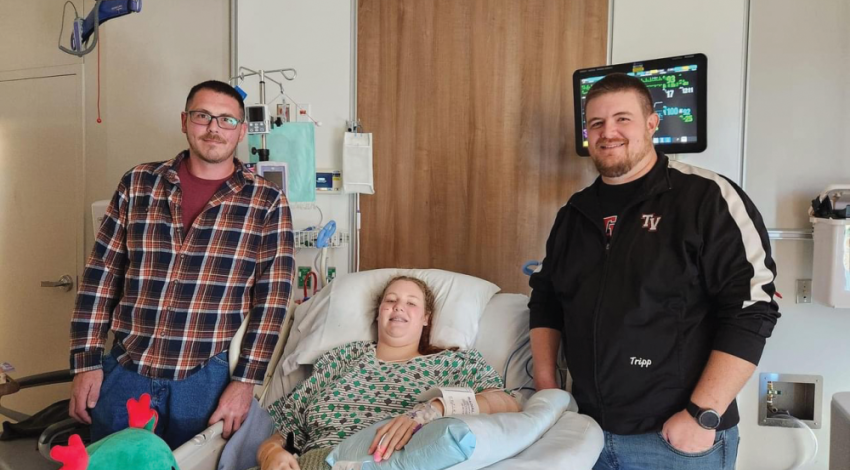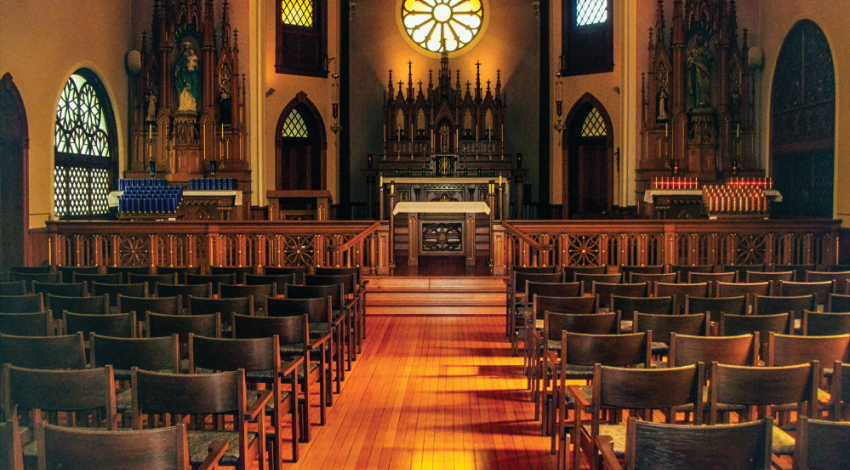Like many during COVID, Lillian Cooper and her mother, Clarissa, searched and searched for activities to do at home — all the better if they came upon an art form they hadn’t tried before.
Terri Riddle of Loveland, a painter who works mostly in oils and acrylics, got interested in quilling after her husband gave her a Cricut machine, which can cut paper in custom, specialized ways. Riddle had a project in mind, but realized she needed to learn quilling to finish the parts that the Cricut couldn’t handle — so she taught herself.
She finds quilling both satisfying and relaxing. “It’s a very beginner-friendly craft,” she says. “You can do it while watching TV, and the designs can be simple or more complex.”
